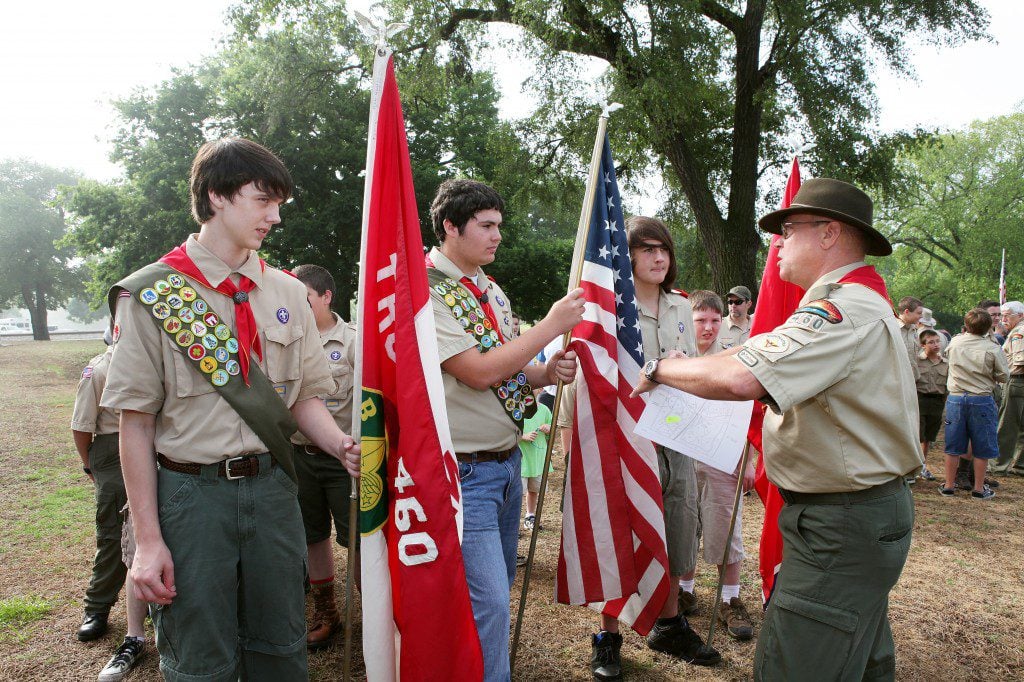
I admit to having disengaged somewhat from the reports on the abuse crisis in the Catholic Church, which at this point appears to be a crisis in leadership, as leaders are unable or unwilling to resolve these issues. Illinois Attorney General Lisa Madigan announced back in mid-December that
accusations have been leveled against 690 priests, while Catholic officials have publicly identified only 185 clergy with credible allegations against them.
and the Archdiocese of Chicago responded with a statement indistinguishable from their usual boilerplate language. And, of course, Cupich’s approach has been repeatedly one of, “nothing to see here; let’s talk about immigration and the environment instead” (even though I recently learned that in Spokane, Cupich’s personal record was not spotless either.) Now there’s supposed to be a big meeting in February and I doubt that anyone has any confidence that it’ll make a difference.
But as far as the local church, the answer is simple: two-deep leadership. That’s the Boy Scouts’ rule for youth protection.
No adult is permitted to be alone with a child. Two adults, one of whom is a leader, must be present at all Scout activities. Even a one-on-one meeting should still take place within view of others. When a boy is working on merit badges and meets with a merit badge counselor, someone else must be present, unless it takes place in a public place like a library in open view of others. Even virtually, two-deep requirements must be followed — for instance, a boy is required to copy someone else (e.g., a parent, another leader) on e-mail correspondence to a leader And every Scout handbook has a tear-out section on Youth Protection, with separate versions for Cub and Boy Scouts available at the link, with the objective of ensuring that parents and boys alike are educated on the policy, so as to limit the ability of others to violate that policy, as well as understanding abuse, how to recognize it, and how to respond to suspected abuse. (Also, as another component of that policy, except for siblings, boys may only tent with others close to them in age, to prevent abusive situations among older vs. younger scouts.)
Yes, there were instances in which priests may have formed genuine mentoring relationships with children which may have led to vocations. Likewise, instances in which Scout leaders formed relationships with fatherless children that were genuinely aimed at helping a child rather than for grooming/abuse, will also be a think of the past. (And every single mother who hopes that her child will develop relationships with “father figures” and consequently won’t miss having an actual father, takes that risk.)
And around here, as a church volunteer, I’ve been required to take Virtus training and mandated reporter training, and there are a lot of commonalities, though, to be honest, I don’t recall whether there are the same two-deep requirements; the focus seemed to be more on understanding how to identify and respond to potential abuse. But what I know is missing is the participant-education component, the equivalent to the Scout brochure that tells parents what red flags to watch for and what rules adult volunteers are required to follow. There’s nothing in a brochure rack, or provided to new school enrollees, new altar servers, or newly-registered families, that provides this information and, more importantly, provides assurance to families.
What this means is that ultimately there are two different issues here: are children appropriately protected, and are the right procedures in place to ensure that those who have abused in the past are removed from ministry and receive the proper (secular) punishment? (Actually, there’s a third and a fourth issue: those who abuse those in cases of imbalance of power, and those who make promises of chastity that they then violate, though with consenting adults who are not abused in the process.)
And Cupich and other bishops are reasonably correct then they say that children are safe because of procedures in place (and let’s face it, how many bishops, as bishops, have contact with children?) — except that this failure to communicate and educate does mean that youth protection is incomplete. It is also true that their failures of leadership with respect to these other issues don’t put local parishioners at risk.
And that, coupled with my experiences trying to recruit coffee & donut servers, make it clear that we at the local parish level have a lot of work ahead of us that is entirely separate from what the bishops may or may not be doing, except insofar as part of what local parishes have to do, regrettably, is communicate to the community that if you have a sucky bishop / archbishop / cardinal that shouldn’t stand in the way of building a strong parish (even though, yes, it will require some decision-making around your diocese’s equivalent of the Annual Catholic Appeal). I don’t really know what my personal next steps are (and it would really help to be somewhat less of an introvert), except that intellectually I know that the decline in participation is not limited to our parish, or to churches as a type of community group, but that it is more widespread and is a problem not just for spiritual, Eternal Salvation of Souls reasons but also because it affects society as a whole for so many people to be unmoored from churches and community organizations in general.
Call it a New Year’s Resolution, I guess.
Image: By David Fine (This image is from the FEMA Photo Library.) [Public domain], via Wikimedia Commons











